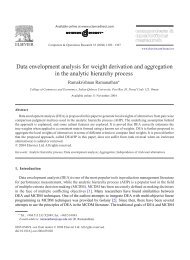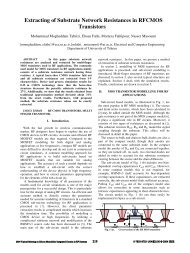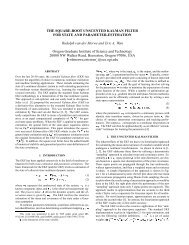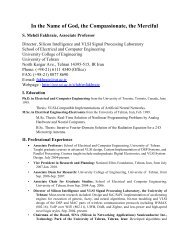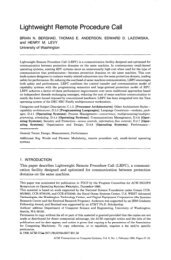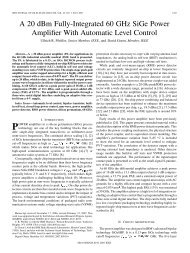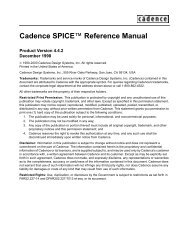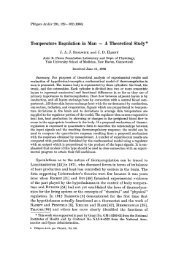Untitled
Untitled
Untitled
You also want an ePaper? Increase the reach of your titles
YUMPU automatically turns print PDFs into web optimized ePapers that Google loves.
8 1 INTRODUCTION<br />
objectives. When the idea of competitive electricity markets was first mooted, it was<br />
rejected by many on the grounds that such a disaggregated system could not keep the<br />
lights on. There is now ample evidence to demonstrate that separating the operation<br />
of generation from that of the transmission system does not necessarily reduce the<br />
reliability of the overall system.<br />
What is considerably more difficult to prove is that a disaggregated, competitive<br />
system operates more efficiently than a centralized one. While it is clear that the profit<br />
motive encourages generating companies to take better care of their plants, it remains<br />
to be proven that this improvement in availability (and possibly efficiency) is sufficient<br />
to compensate for the loss of coordination between the plants.<br />
In terms of long-term development, the argument in favor of competition is that<br />
central planners always get their forecast wrong. In particular, monopoly utilities have<br />
a tendency to overestimate the amount of generation capacity that will be needed.<br />
Their captive consumers are then obliged to pay for unnecessary investments. With<br />
the introduction of competition, it is hoped that the sum of the independent investment<br />
decisions of several profit-seeking companies will match the actual evolution of the<br />
demand more closely than the recommendations of a single planning department. In<br />
addition, underutilized investments by a company operating in a free market represent<br />
a risk for its owners and not its customers. Experience from around the world suggests<br />
that investors are willing to accept this risk. However, it remains to be seen if the<br />
growth in generation capacity smoothly matches the increase in demand or goes through<br />
“boom-and-bust” cycles.<br />
Vertically integrated utilities can plan the development of their transmission network<br />
to suit the construction of new generating plants. In a competitive environment, the<br />
transmission company does not know years in advance where and when generating<br />
companies will build new plants. This uncertainty makes the transmission planning<br />
process much more difficult. Conversely, generating companies are not guaranteed<br />
that transmission capacity will remain available for the output of their plants. Other<br />
companies may indeed build new plants in the vicinity and compete for the available<br />
transmission capacity.<br />
The transmission and distribution networks have so far been treated as natural<br />
monopolies. Having two separate and competing sets of transmission lines or distribution<br />
feeders clearly does not make sense. From both the economic and the reliability<br />
points of view, all lines, feeders and other components should be connected to the<br />
same system. On the other hand, some economists and some entrepreneurs have begun<br />
to argue that not all these components must be owned by the same company. They<br />
believe that new investments could be driven by investors who expand a network to<br />
satisfy specific needs for power transmission or distribution that they have identified.<br />
Taken individually, such opportunities could be lucrative for the investors. However,<br />
they must take place within a framework that maximizes the overall benefits derived<br />
by all users of the network. Such a framework remains to be developed.<br />
1.5 Further Reading<br />
Hunt S, Shuttleworth G, Competition and Choice in Electricity, Wiley, Chichester, 1996.




